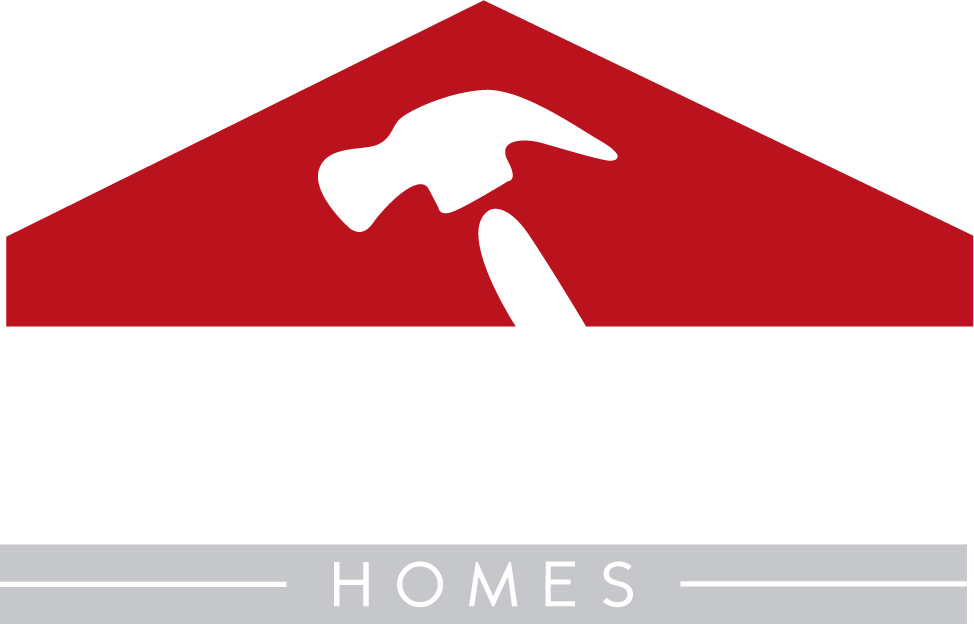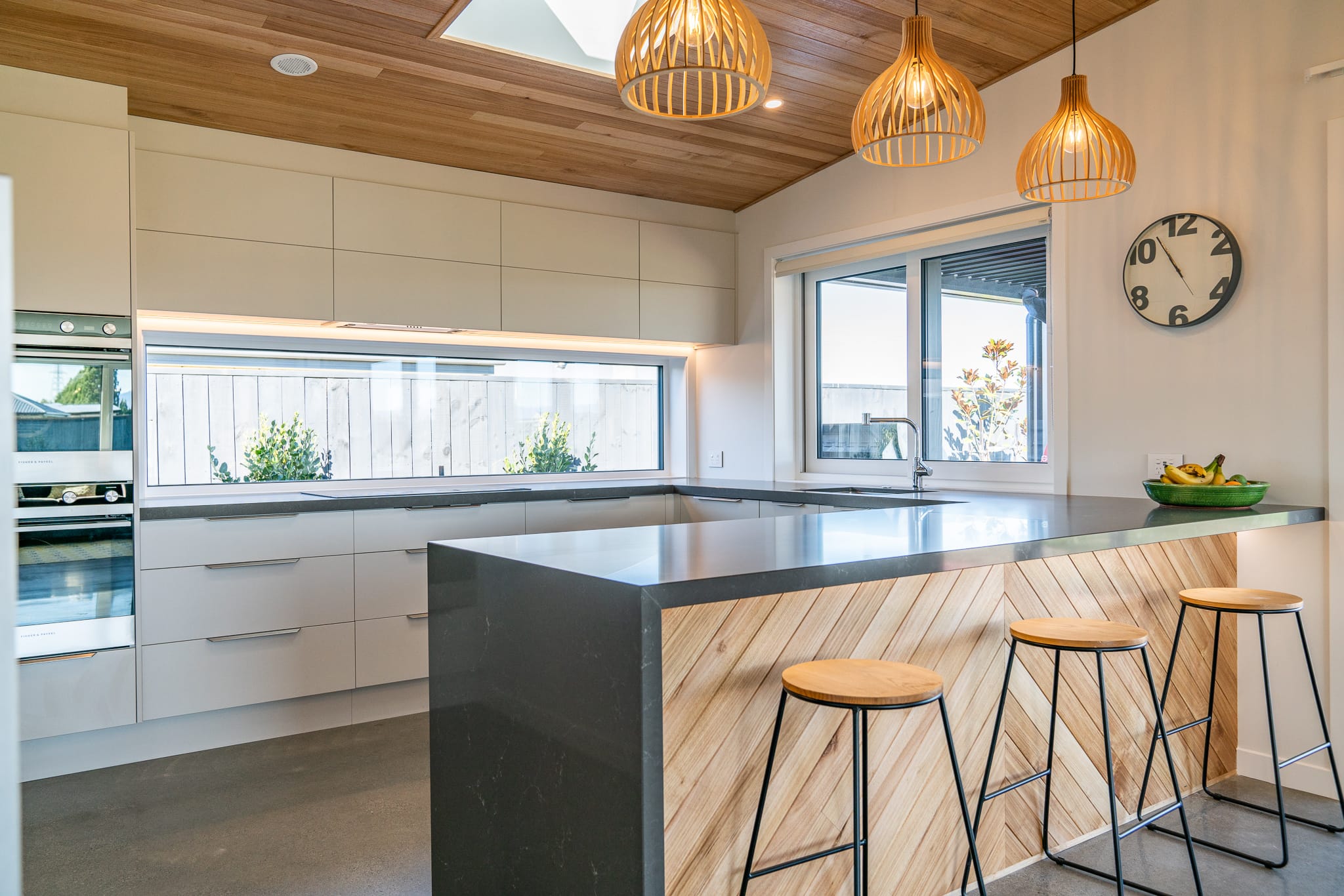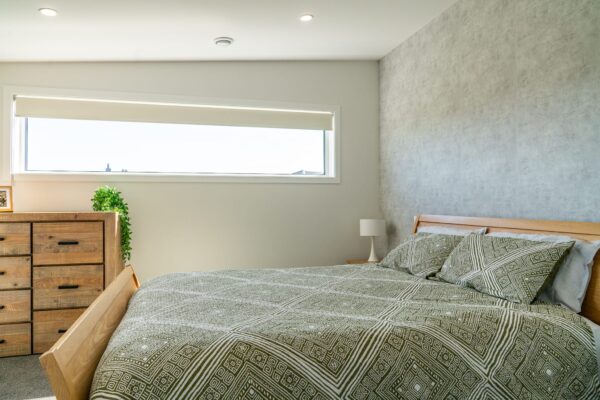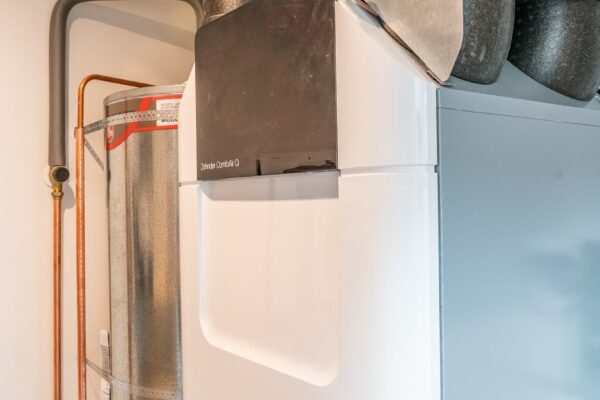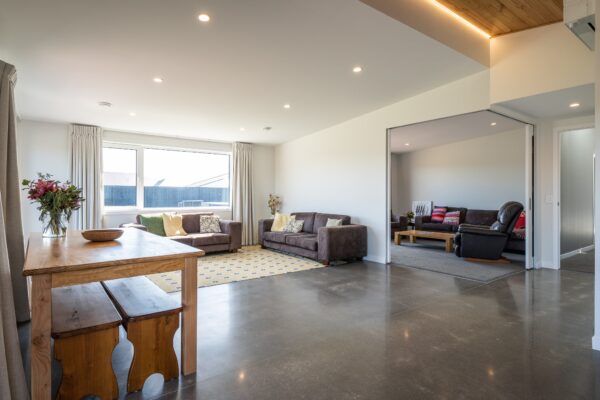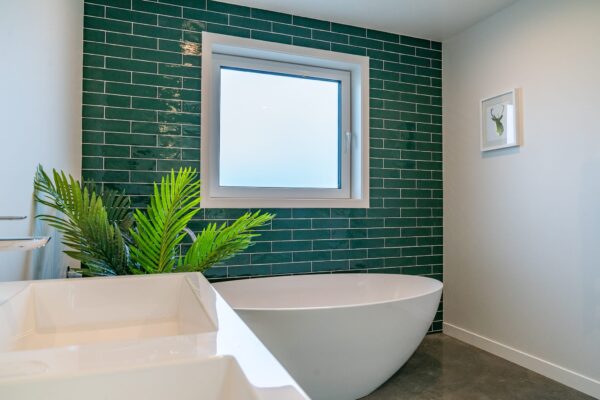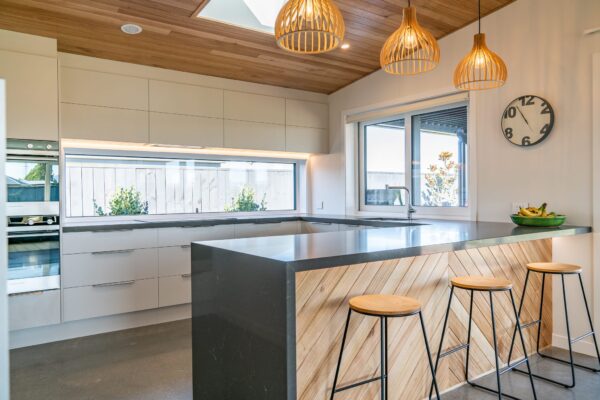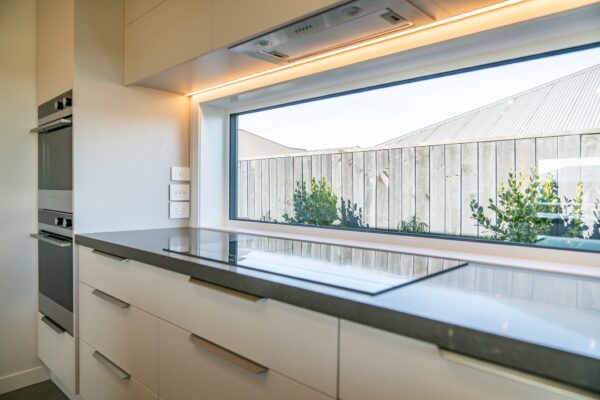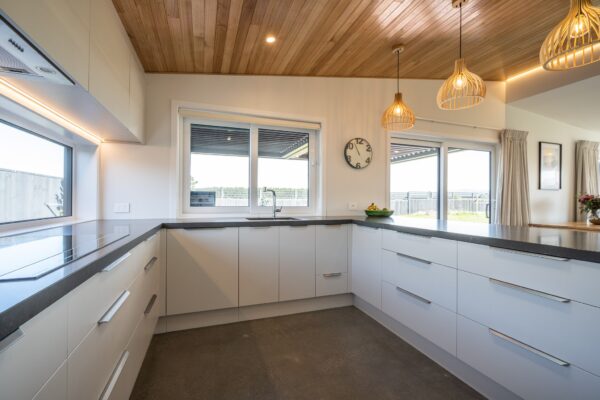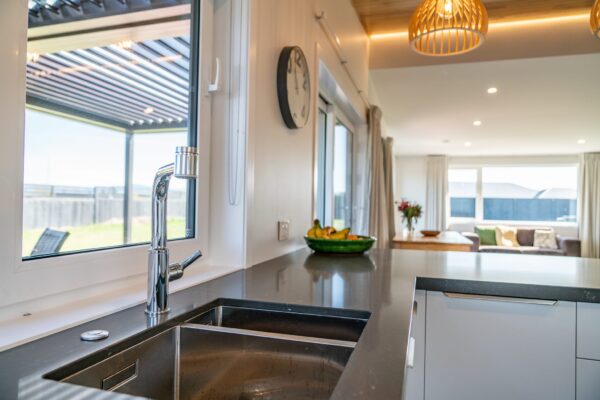Introduction to Part 3 (of 3 Blog Series)
It has been almost 5 years since we moved into our high performance home. Whilst it is not passive certified, it is designed to passive house principles and underwent energy modelling. This modelling demonstrated it would perform well above the minimum building code and achieve a healthy, comfortable, sustainable, and energy efficient home.
So, what does this mean and has it been worth the extra investment? In short, it has been more than worth it, and we have examples to support this.
We have divided the blog into three parts:
- Health & comfort
- Energy demand and cost
- Practical findings
Our two previous installments have covered how our home built to passive house principles has benefited our comfort and health, and the cost savings our family have experienced.
In this, our last installment, we cover some more practical findings. How does it work practically on a day-to-day basis, and does it work with our lifestyle?
Maintenance Requirements
There is little maintenance with the Mechanical Heat Recovery Ventilation System. The main requirement is ensuring you change the filters regularly.
This includes the filters on the individual room extract or intake vents, along with the filters in the Central Unit. The individual rooms require less changes than the Central Unit which filters the outside fresh air entering your home. The extract vents in the bathroom and kitchen will depend on usage of those rooms. The vent closest to the hob will generally pick up anything that the recirculating fan (and it’s charcoal filters) above the hob misses. It is important that these filters are checked regularly and over time you will establish the correct frequency dependent upon how you live.
For our 220 m2 building envelope, we change the central unit filters every 6 months.
For our family of 5 with reasonable frying activity, we change the kitchen extract vent filter every 18 months. We generally do the rest of the house at the same time for simplicity. Filters can be ordered online and the central unit filters cost approximately $100.
Cooking Smells
There is no vent direct to the outside as this would be a major hole in the airtight envelope. Instead, we have a recirculating powerpack unit above the hob in the kitchen with a charcoal filter to catch the fat. However, it is the MHRV unit that takes the air from the kitchen (and bathrooms/laundry) through the central heat recovery unit before expelling that stale air, and the moisture it holds, to the outside.
This vent is not directly above the hob or as large as a traditional unit, but it has been placed close to the hob to improve the effectiveness of extraction near the source of moisture, potential irritants from cooking, and associated smells.
We do not have condensation anywhere; we do not have stained walls, and we can manage smells.
If we are cooking something particularly potent, we do open a window or boost the MHRV function. Whilst smells can linger in furnishings this is the same as a home with standard ventilation practices. Fresh filtered air is constantly entering the bedrooms and living areas replacing the stale air and the odours it carries. It is also worth noting that the main intake vent outside is not placed anywhere near the main extract vent which expels the stale, smelly, moisture laden air from the kitchen.
Opening Windows
As alluded to above sometimes we occasionally open windows for potent cooking, but we often open the windows and doors for the much-loved kiwi indoor outdoor living. This is totally fine in a passive house.
As an example, a summer BBQ….the doors are open to the deck until we all get a bit chilly and come inside and close the doors. The MHRV has been operating quietly in the background all along, replacing stale air with fresh air and recovering heat, it has just been a lot less efficient as there is a big air leak from the doors being ajar. As soon as the doors are closed it can work at its most efficient again, removing allergens and moisture that has entered the home and preventing further ones from entering, and the heat recovery is once again optimised. It does not take long. It is also much easier to warm dry air than moist air.
To summarise, the MHRV still works with doors open but not as efficiently. It works optimally when the home is airtight.
Returning from Holidays
No more returning to a fridge after a holiday. The MHRV has been working quietly in the background and heat recovery has continued even without the additional heat from our bodies, cooking and appliances.
Even after 4 weeks overseas in winter with no one living there and no appliances running it is still around 17-18 degrees. It does not take long to heat it up to 22 once the heat pump is turned on, as the air is dry.
Hopefully, these three installments have provided some valuable insight into how incorporating passive house into our design and build has benefitted our family and our lifestyle in terms of comfort, cost savings and practicalities.
If you have any questions about how passive house could work for you, please feel free to give us a call and we can respond directly with our experience and learnings from our own home, but also our clients.
Don’t forget if you would like to experience a passive house, please visit our Amberley Show Home.
